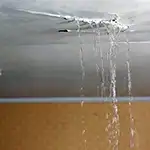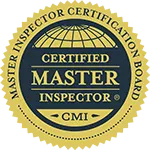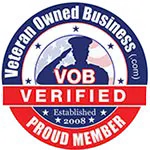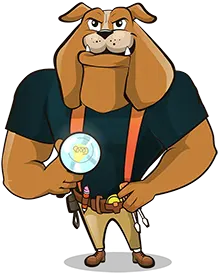No one performs a plumbing inspection like we do.
Your home’s plumbing system is the most important (and dangerous) system in your home.
That’s because plumbing leaks NOT ONLY create hidden moisture damage inside walls you sometimes can’t see. These dark, damp conditions also create mold growth.
This is especially true when a home is vacant. And not many professional home inspectors have the experience to understand what it takes to find – and flush out – leaks in a vacant home that save you from the risk, inconvenience, and cost of plumbing repairs or mold removal after you move in.
But we do. Steve Rodriguez has personally performed tens-of-thousands of home inspections since 2003 and 40% of them have been investment properties. And since 57% of these investment properties were vacant, he knows exactly what it takes to find the leaks, moisture damage, and mold growth that other home inspectors miss.
And the reason is because he makes sure the home is ready. This means the water is flowing through the faucets so he can run the water the entire time.
So, whether you’re a homeowner, real estate agent, or real estate investor, our plumbing inspection protects you, your home, and your family from the cost, time, trouble, and health risks that go along with plumbing problems today or possible issues you might face in the future.
Keep reading to learn more about our plumbing inspection process.
The Most Critical System In Your Home
There are 5 major areas in every home. And no matter how big or how old, they are always the same:
1. Foundation
2. Plumbing
3. Roof
4. Electrical
5. HVAC
These 5 areas also make up our Major-Items Inspection and form the basis of our discussion at the end of every inspection because they not only mean the most to me, but to everyone else who’s ever bought a home.
The Plumbing inspection is so important because of the type of damage and potential health hazards caused by leaks and mold.
And I’m not just talking about the water and drain lines inside the home.
This includes the sewer line outside the home.
That’s why the Plumbing System is also the the most expensive.
In fact, a home inspection can happen without gas or even electricity, but it will be brought to a screeching halt (and rescheduled) if the water is turned off.
The quality and life of your plumbing system is based on the materials used.
And much of that has to do with its age so let’s talk about what you can expect to find in Kansas City.
The Checking of The ‘Wa-duh’ (The Plumbing Inspection)
By now it should come as no surprise that we treat the plumbing system like our grandma riding in the backseat – very carefully.
Without exception, the water MUST be turned on and flowing through the faucets BEFORE the plumbing inspection starts.
If it’s not, the plumbing inspection needs to be rescheduled. It’s that important.
First, outside
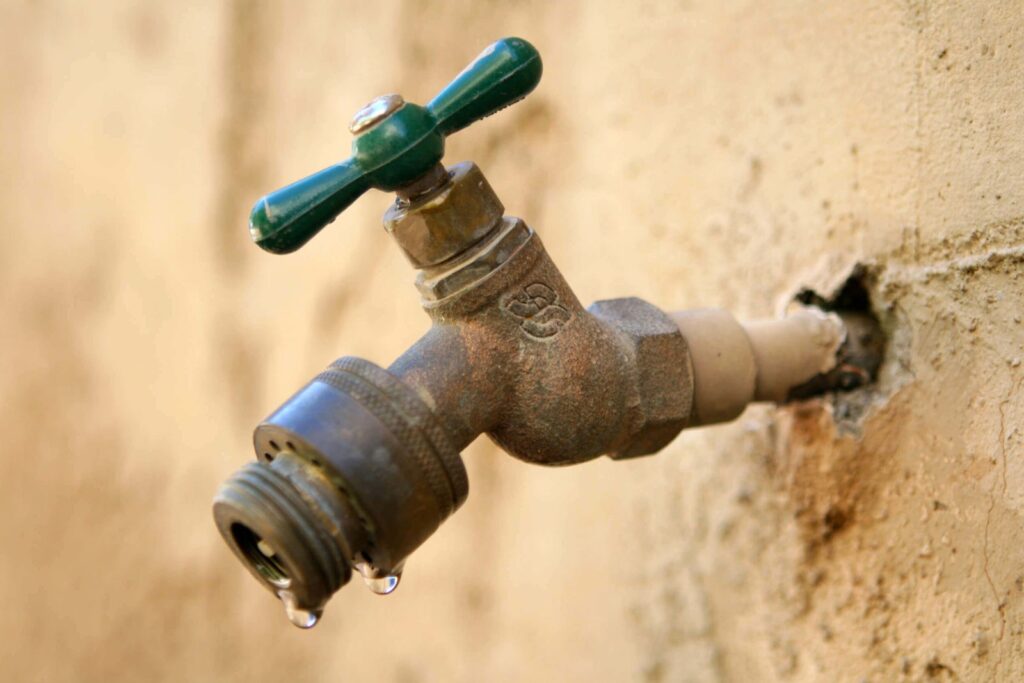
Checking all spigots and sump pump drains.

Then, the inside
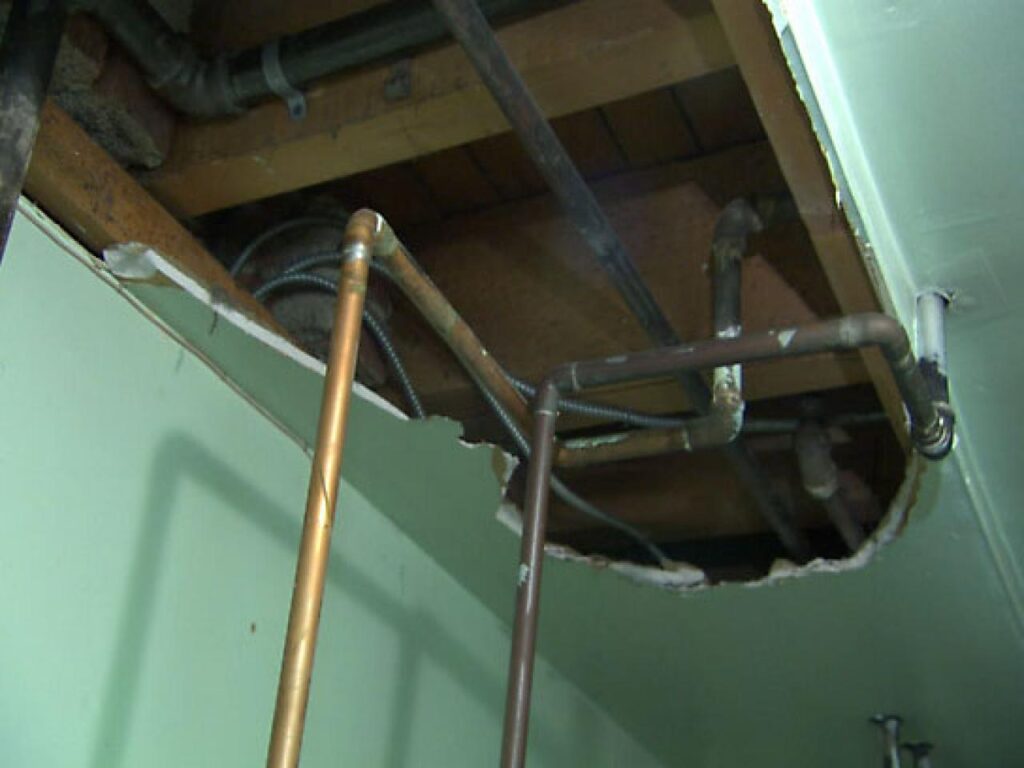
If the home is vacant, we will run the water through all faucets, tubs, and showers for the entire inspection to make sure you have no leaks after you move in.
We check each toilet along with all sinks and the dishwasher for leaks.
We also monitor water flow through the all faucets, tubs, sinks, and showers.
In the basement, we inspect the water and drain lines for leaks, take note of what they’re made of, and check the water heater (including gas and exhaust vent).

30 Min. DIY Home Inspection Checklist – Only $18.99
Check the Bones YOURSELF While You Tour the Home.
This straightforward field guide is based on our Major-Items Inspection and focuses ONLY on the bones. It shows you:
- WHERE to look
- WHAT to look for
- WHAT it means
All in the time it takes to tour the home.
Let us help you decide if the home has good bones or is just a money pit in disguise – BEFORE you make an offer and BEFORE you order your home inspection.
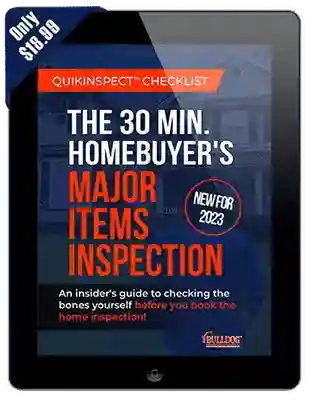
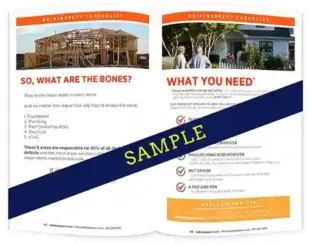
Created by a Certified Master Inspector™
13 Pages Fully Illustrated
Immediate PDF delivery + flipbook
Save time and hundreds – sometimes thousands – in wasted home inspection fees.
All in about 30 minutes
Use it over and over
Find out for yourself if there are major issues hiding in plain sight BEFORE the home inspection.

